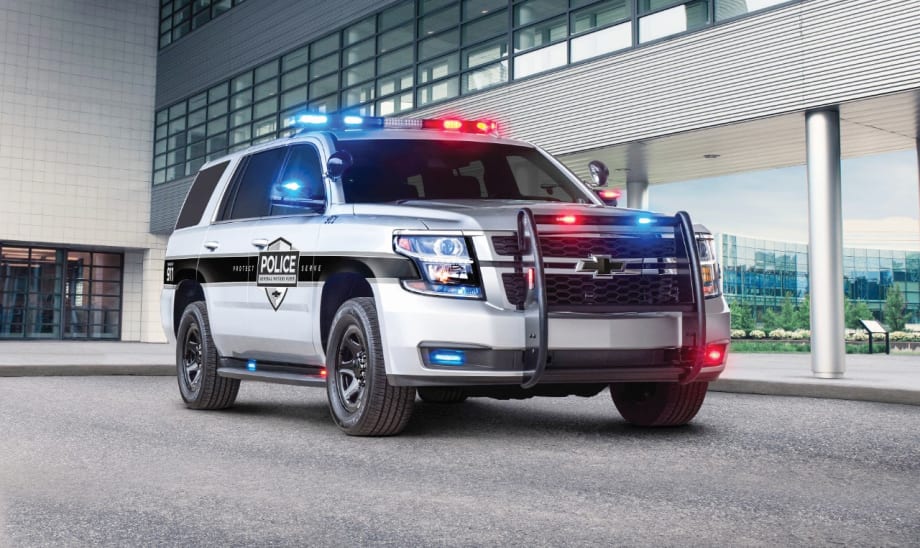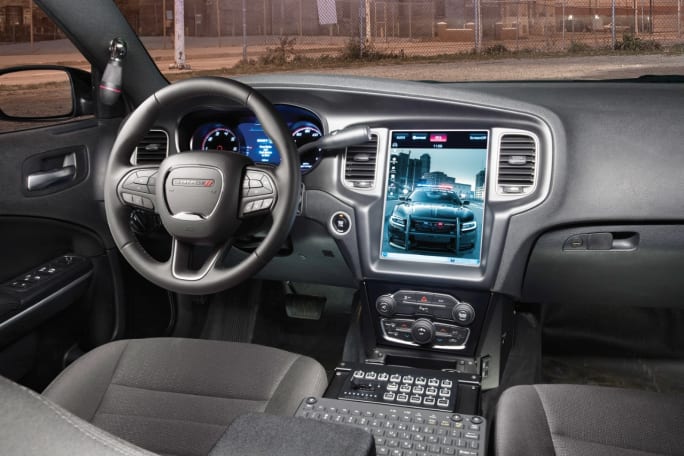Chevy only makes one pursuit-rated police vehicle now, the Tahoe PPV in rear-wheel and four-wheel-drive variants. And Ford's Interceptor Utility based on the Explorer SUV is the best-selling police vehicle in America, far exceeding the sales of the company's Police Interceptor Sedan. Even Dodge, which currently does not offer a pursuit-rated SUV, is expected to introduce a 2019 model year patrol Durango.
At the 2018 Michigan State Police Vehicle Test held last September, Dodge representatives declined to provide full details about how a pursuit-rated Durango would be different from the 2017 Durango Special Service but they did offer some basics. Both vehicles are powered by a 5.7-liter V-8 engine that delivers power via an eight-speed transmission to a rear-wheel or available all-wheel-drive system. "It's a rear-wheel-drive vehicle with an all-wheel-drive option," says David Callery, FCA's program manager for police and emergency response vehicles. "…The vehicle has to hold up to the rigors of daily patrol. We believe it's equal or superior to the other vehicles out there."
Does the rise of the SUV necessarily mean patrol sedans will not be available by 2020? Maybe. Chevy's Caprice PPV was discontinued in 2017, and it's not known if the next generation of Dodge Charger will include a Pursuit model. However, Ford says it plans to continue producing patrol sedans, including hybrid engine sedans, maybe even pursuit-rated hybrid sedans.
But currently, all three of the largest American carmakers are focusing on giving law enforcement bigger and more versatile patrol platforms. Nowhere is this better evidenced than in Ford's patrol pickup. Tyler says the pursuit-rated truck was built to answer customer demand. "Customers have told us they need a vehicle that is pursuit capable for the road but with 4x4 capability for off-road," he says.
The 2018 F-150 Police Responder can chase down speeders and tow boats and trailers. Tyler also believes agencies will want to use the F-150 Police Responder for transporting personnel. The pickup has a 145-inch wheelbase with 131.8 cubic feet of interior passenger space, and Tyler says its cab offers the most front and rear hip and shoulder room and most rear leg room of any pursuit-rated vehicle. It has enough room, according to Tyler, to comfortably seat five officers in body armor and carrying duty gear.
















